In the vast world of marine biology, sponges and cnidarians (like jellyfish) have developed unique ways to survive. When it comes to capturing food, a key question arises: which sponge cell acts most like the famous stinging cnidocyte? The answer is the choanocyte. Although they work differently, both cells are specialized masters of food capture, showcasing incredible evolutionary adaptations for life underwater. This comparison reveals fascinating insights into how these simple animals thrive.
A Look at Sponges and Cnidarians
To understand the comparison, it’s helpful to know the basics of each animal group. Sponges belong to the phylum Porifera and are among the simplest multicellular animals. They are filter-feeders, meaning they sit in one place and draw water through their porous bodies to catch microscopic food particles.
Cnidarians, on the other hand, include animals like jellyfish, sea anemones, and corals. They are generally more complex than sponges. Instead of passively filtering, many cnidarians are active predators that use specialized stinging cells to capture prey, which can be much larger than the food sponges eat.
The Role of Choanocytes in Sponges
Choanocytes, also known as collar cells, are the primary cells responsible for a sponge’s ability to feed. They line the inner chambers of the sponge and have a very distinct structure that is perfectly designed for their job. Each choanocyte has a whip-like tail called a flagellum that sticks out into the water.
The main job of the flagellum is to beat back and forth, creating a constant water current. This current pulls water into the sponge through tiny pores and pushes it out through a larger opening called the osculum. Surrounding the flagellum is a collar made of tiny, sticky tentacles called microvilli.
As water flows past the choanocyte, this collar acts like a sieve. The choanocyte’s collar traps tiny food particles, such as bacteria and algae, from the water. Once trapped, the food is engulfed by the cell body through a process called phagocytosis. From there, the nutrients can be passed to other cells throughout the sponge.
Understanding the Cnidocyte in Cnidarians
Cnidocytes are the signature cells of cnidarians and are what give them their stinging reputation. These powerful cells are concentrated on the tentacles and are used for both capturing prey and defense. They are far more aggressive in their function compared to the gentle filtering action of choanocytes.
Inside each cnidocyte is a unique organelle called a nematocyst. You can think of a nematocyst as a tiny, coiled harpoon under high pressure. When a trigger on the outside of the cell is touched by prey or a predator, the nematocyst discharges with incredible speed.
This explosive action injects venom into the target, which can paralyze or kill it. This allows cnidarians to capture and eat prey much larger than themselves, such as small fish and crustaceans.
Comparing Choanocytes and Cnidocytes in Food Capture
While both cells are essential for feeding, they achieve this goal through very different means. The core similarity is their specialization for capturing nutrients from the environment. However, their methods, structures, and the type of food they target are worlds apart.
Here is a simple breakdown of their key features:
| Feature | Choanocyte (Sponge) | Cnidocyte (Cnidarian) |
| Primary Function | Create water flow and filter food | Sting and immobilize prey |
| Mechanism | Uses a flagellum to create a current and a collar to trap particles | Discharges a venomous nematocyst upon contact |
| Food Type | Microscopic particles (bacteria, plankton) | Larger prey (plankton, crustaceans, small fish) |
| Feeding Strategy | Passive filter feeding | Active or ambush predation |
This comparison shows that the choanocyte is the most similar sponge cell to the cnidocyte purely in the sense that both are the primary cells used for food capture in their respective organisms.
Key Differences in Structure and Mechanism
The structural differences between these two cells are directly related to their functions. A choanocyte is built for sustained, low-energy water movement and filtration. Its design is all about creating flow and having a large surface area to trap tiny particles efficiently.
In stark contrast, a cnidocyte is built for a single, high-energy, explosive event. It is a weapon, designed to be fired once to disable prey. After firing, the cnidocyte is absorbed, and a new one takes its place. This highlights a fundamental difference between a passive filter-feeding lifestyle and an active predatory one.
The energy dynamics are also completely different.
- Choanocytes must work continuously, with their flagella beating constantly to ensure the sponge gets enough food over time.
- Cnidocytes remain dormant until triggered, at which point they release a massive amount of stored energy in a fraction of a second.
This distinction is crucial for understanding the ecological roles these animals play. Sponges are cleaners of the water column, while cnidarians are active hunters in the food web.
Evolutionary Connection between Sponges and Cnidarians
The similarities and differences between choanocytes and cnidocytes also offer a window into animal evolution. Sponges and cnidarians are ancient lineages that diverged very early in the history of animal life. The fact that both developed highly specialized cells for feeding underscores how critical this function is for survival.
Some scientists believe that choanocytes are remarkably similar to single-celled organisms called choanoflagellates, which are considered the closest living relatives of animals. This suggests that the sponge’s feeding system may be an evolutionary link between single-celled life and multicellular animals.
While cnidocytes don’t share this direct resemblance, their evolution represents another successful strategy for solving the same problem: how to eat. It is a classic example of how different evolutionary paths can lead to effective, though completely different, solutions to life’s essential challenges.
Frequently Asked Questions
What sponge cell is most comparable to a cnidocyte?
The choanocyte is the sponge cell most similar to a cnidarian’s cnidocyte. This comparison is based on their shared primary function of food capture, even though their mechanisms are very different.
How do choanocytes help sponges eat?
Choanocytes have a flagellum that creates a water current, pulling water and food into the sponge. A sticky collar on the choanocyte then traps microscopic food particles, which the cell engulfs for nutrition.
What is the main difference between a cnidocyte and a choanocyte?
The main difference is their method of food capture. A choanocyte is a filter-feeding cell that traps particles from water, while a cnidocyte is a stinging cell that injects venom to immobilize larger prey.
Are sponges predators like jellyfish?
No, sponges are not predators in the same way as jellyfish. Sponges are passive filter feeders, constantly filtering tiny particles from the water. Jellyfish are active predators that use their stinging cnidocytes to capture and kill prey.
Why is it important to compare these two cell types?
Comparing choanocytes and cnidocytes helps us understand the diverse evolutionary strategies that animals have developed for survival. It highlights how different organisms can solve the same fundamental problem, like getting food, in remarkably different ways.

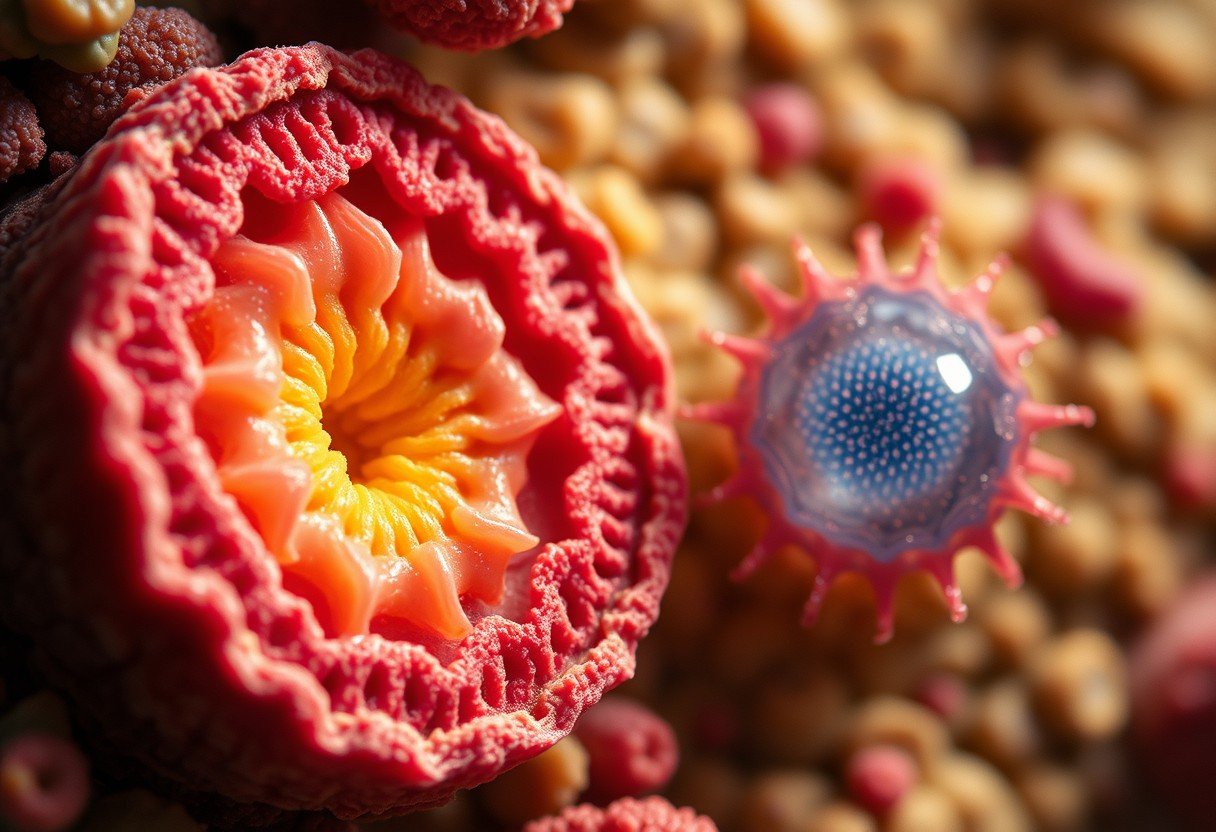



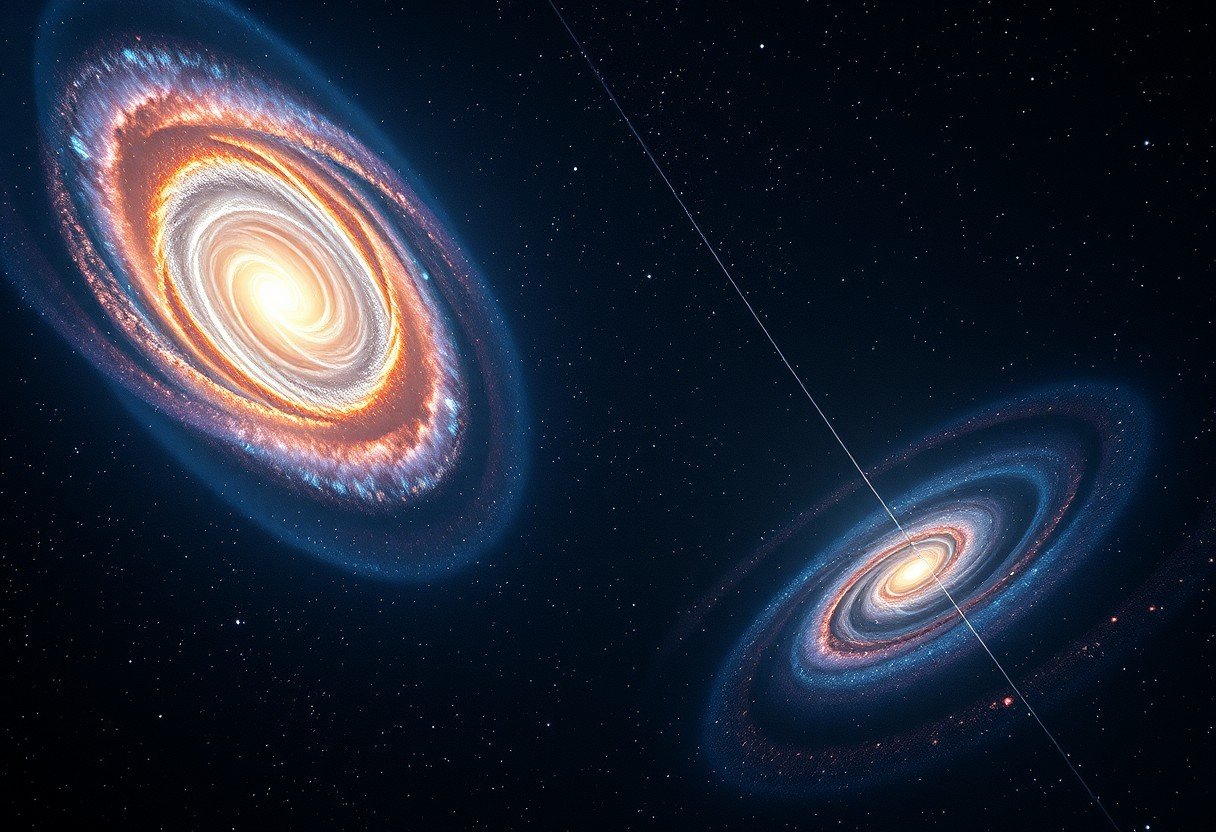
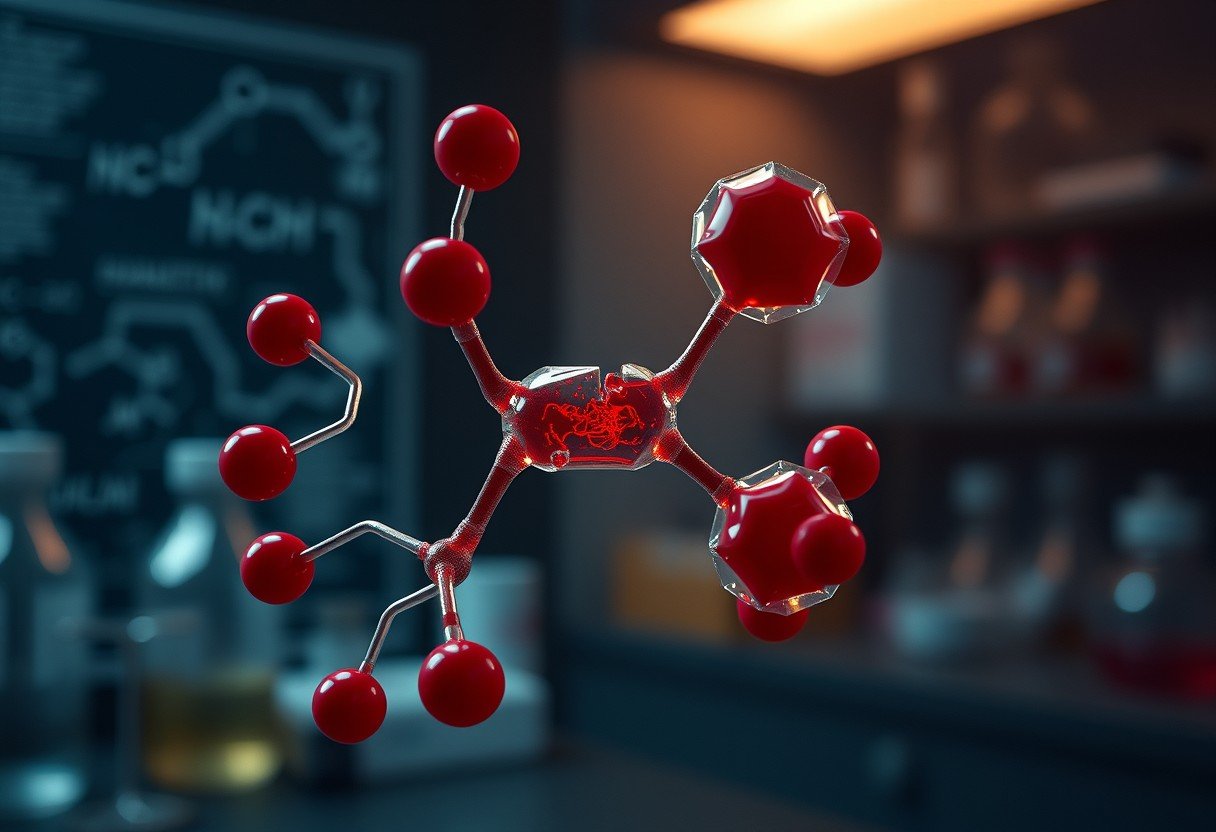
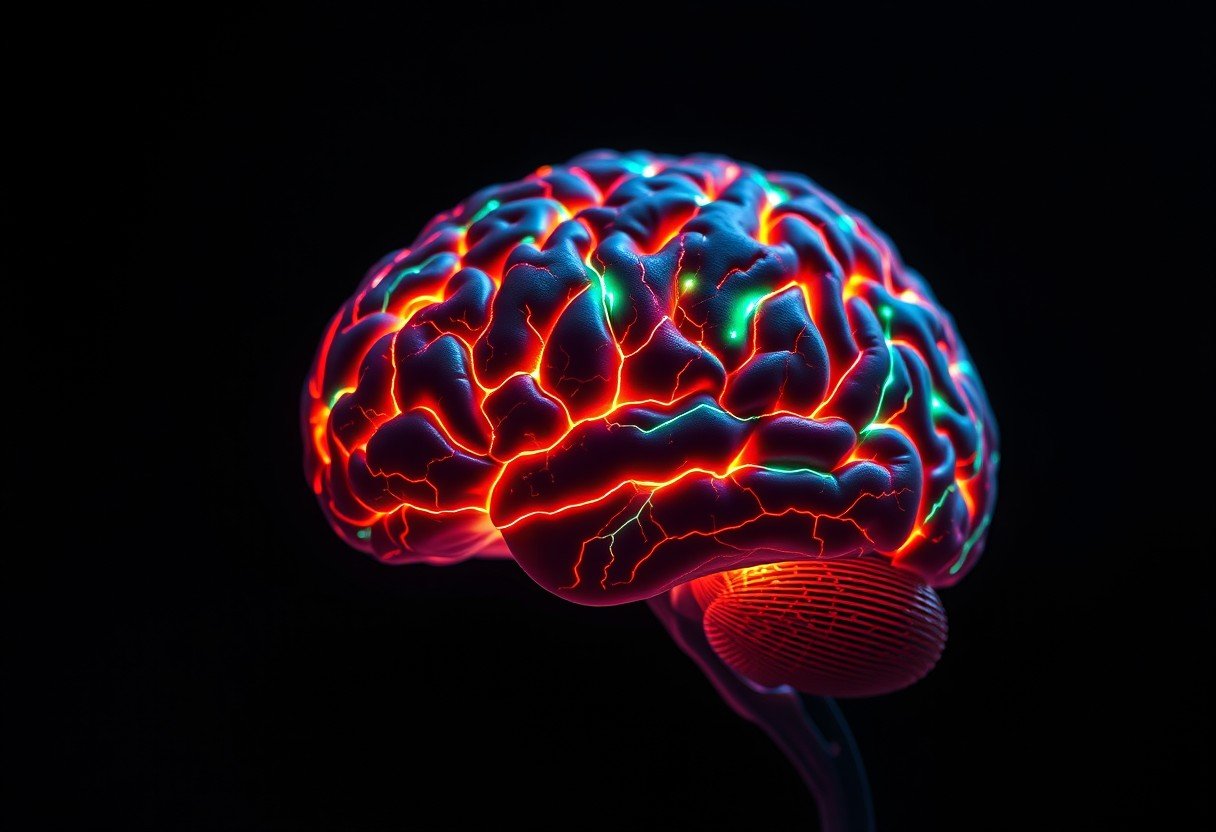
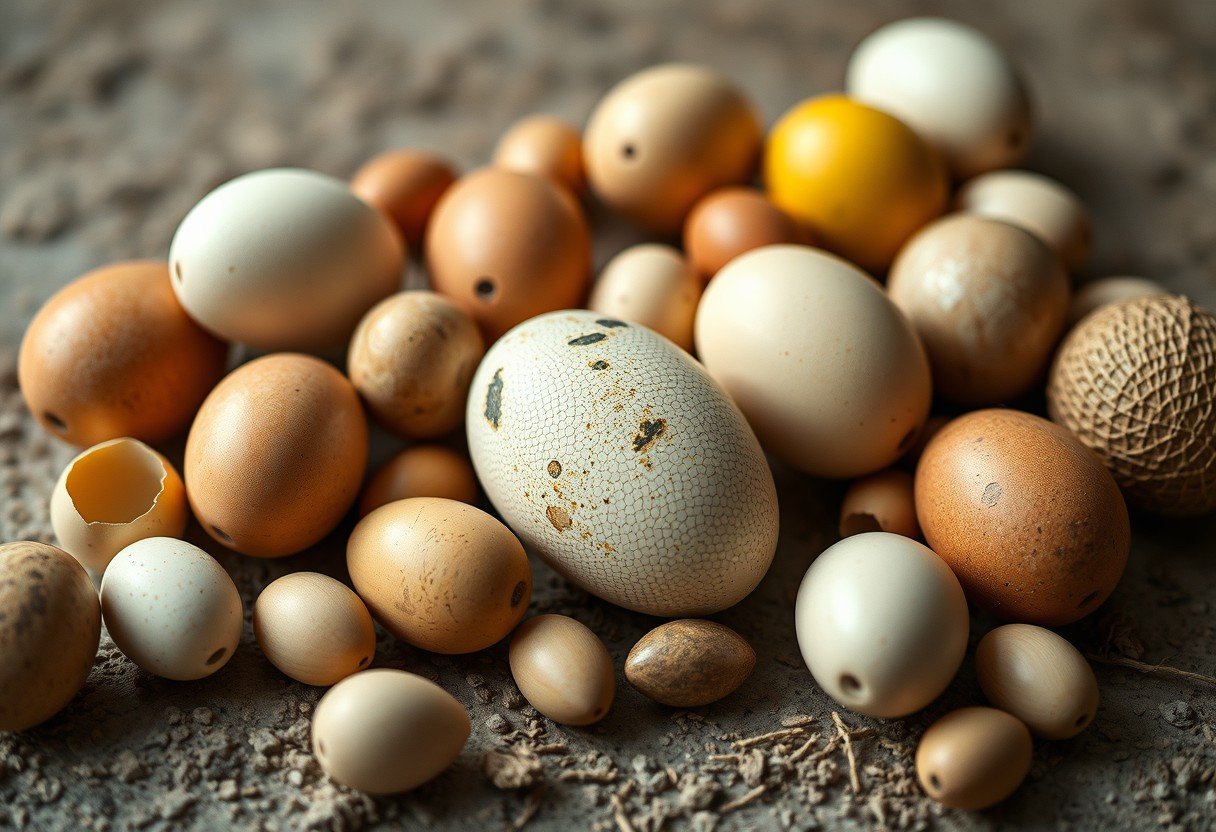
Leave a Comment